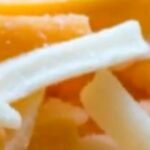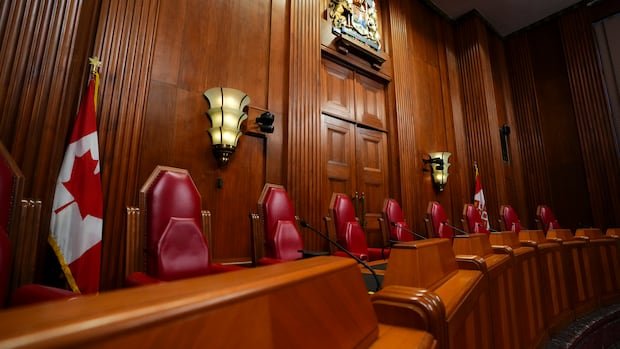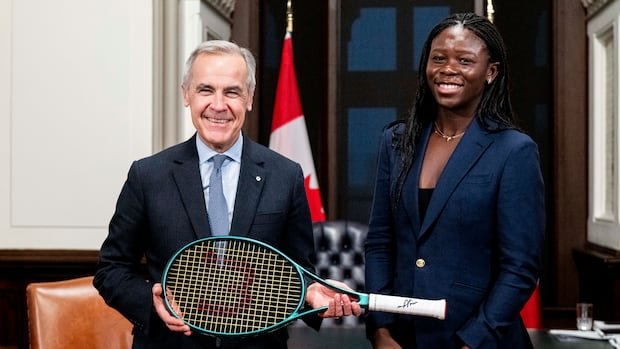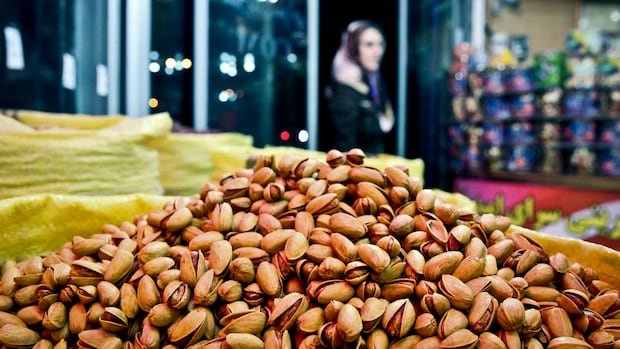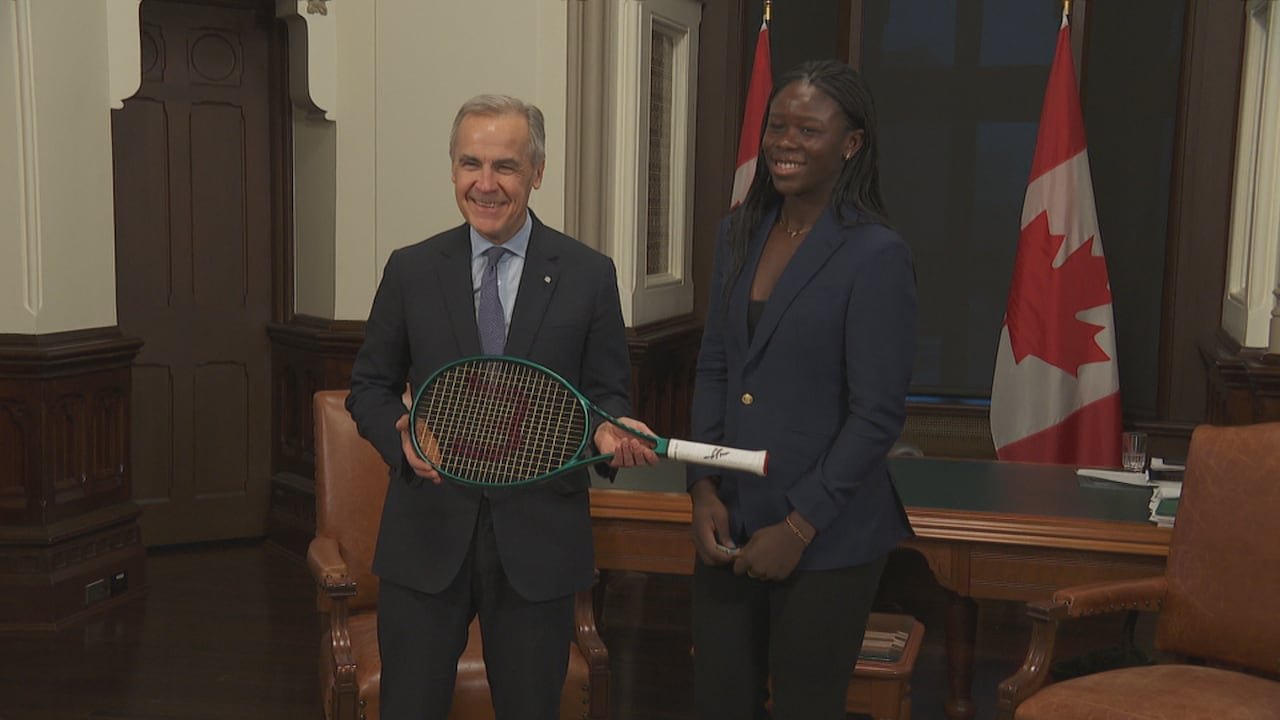Jolt Cola, the soda brand that gained attention in the 1980s for offering “all the sugar and twice the caffeine,” will return to stores in 2025. This time, it promises more than double the original caffeine content.
Once marketed as an alternative to Coca-Cola and Pepsi, Jolt Cola will now join the crowded energy drink market alongside Red Bull, Monster and Celsius. It will be marketed as a nostalgic drink due to its past reputation, according to Redcon1, the sports nutrition brand leading the relaunch.
“There’s an elegant way to bring something back that pays homage to what it once was, but we can do it in a very modern way,” Ryan Monahan, Redcon1’s chief marketing officer, told CNN.
Jolt Cola will come in 16-ounce cans and will be priced around $2.50 or $3. It will contain 200 milligrams of caffeine, up from about 70 milligrams in a 12-ounce can in 1985.
This re-release marks Jolt Cola’s third US release. In 2009, the brand’s company declared bankruptcy. Jolt Cola would briefly resurface on Dollar General store shelves in 2017 before the chain stopped selling it in 2019.
A shift towards a growing market
When Redcon1 announced in October that it was reintroducing Jolt Cola, it could have brought it back as a soft drink. But growth in the energy drink market has outpaced the soft drink market, leading Jolt Cola to compete with energy drinks in which Coca-Cola, Pepsi and Dr Pepper have stakes rather than soft drink products. characteristic of those brands.
The energy drink market has long been dominated by Red Bull, but drink giants have found their way into the industry in recent years. In 2015, The Coca-Cola Company bought a 16.7 percent stake in Monster Beverage Corp. PepsiCo. has a major stake in energy drink maker Celsius Holdings and acquired Rockstar Energy in 2020 for $3.8 billion. In October, Keurig Dr Pepper announced it would spend more than $1 billion to acquire energy drink maker Ghost by 2028.
“Consumers choose who wins with their money. The reality is that it is the soft drink companies that we are really seeing a decline,” Monahan said.
Market research group Imarc forecasts that the global energy drink market will reach $48.1 billion in 2024 and grow to $80.8 billion by 2033. In contrast, total soft drink volume grew 1.3 percent compared to the previous year, after a decline for two decades, according to data. from Evercore ISI.
Redcon1 has partnered with IMG Licensing, which represented Jolt rights holders ECC-Jolt, to manufacture Jolt energy drinks. Monahan said they would release limited edition flavors to increase interest rather than sticking with just one cola. The company could also launch energy shots, pre-workout drinks and other products, according to Monahan.
Health concerns persist
Energy drinks have long faced backlash for their sugar and caffeine content, although public pressure has waned compared to the outcry over Jolt Cola in the 1980s.
According to the U.S. Food and Drug Administration, consuming at least two energy drinks with about 200 milligrams of caffeine, or more than 400 milligrams of caffeine per day, is considered excessive for most adults.
While Jolt Cola’s 200 milligrams of caffeine may seem like a lot, it’s nowhere near the leader. Celsius HEAT contains a whopping 300 milligrams of caffeine per 16-ounce can.
Energy drinks can also contain a lot of sugar. A typical energy drink contains about 40 grams, according to the Harvard University School of Public Health. That’s almost the recommended daily value of sugar for someone on a 2,000-calorie diet, according to the Mayo Clinic.
Redcon1 said that Jolt Cola will offer a zero sugar drink, as well as added supplements.
The American Academy of Pediatrics advises against children consuming caffeine, while the National Institutes of Health said marketing has led younger consumers to buy performance-enhancing energy drinks. Thousands of people, some of them children, receive emergency treatment related to caffeine use each year, according to the American Academy of Child and Adolescent Psychiatry.
Monahan said Redcon1 does not want to target its caffeine-filled drinks to those under 21 years of age. He added that Jolt Cola may appeal to older consumers looking for “old school nostalgia” and young adults interested in a “throwback.”
“It’s that thing of, ‘I remember not being allowed to have it and it came back’ or ‘I remember enjoying it and it went away,’” Monahan said.



